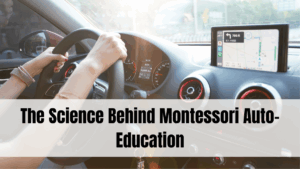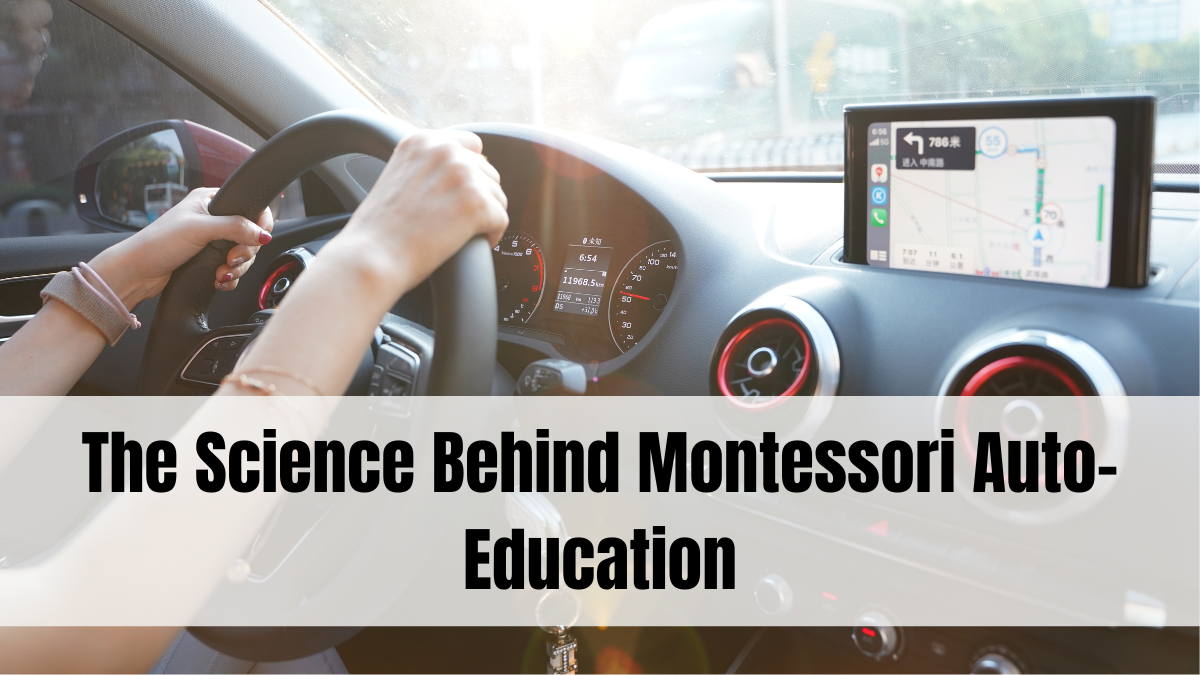In a world obsessed with standardized testing and rigid curriculums, the Montessori method offers a refreshing, learner-centric approach. But what happens when this philosophy is applied to automotive learning or even broader self-led learning practices? The concept of Montessori auto education is gaining recognition across educational and professional circles — and it’s redefining how students, mechanics, and professionals develop knowledge autonomously.
At its core, Montessori education promotes independence, exploration, and discovery — values that align seamlessly with vocational and hands-on disciplines like automotive technology. As learners shift from passive memorization to active engagement, this approach fosters deeper understanding, long-term retention, and transferable skills.

What Is Montessori Auto-Education?
Coined by Dr. Maria Montessori, auto-education refers to the idea that individuals — especially children — learn best when they direct their own learning through exploration, experience, and internal motivation. In a modern context, Montessori auto education has expanded to mean any educational environment where the learner takes initiative, guided by structure but not bound by inflexible rules.
This model emphasizes:
-
Learning by doing
-
Individual pace and progress
-
Intrinsic motivation over extrinsic rewards
-
Hands-on activities that relate to real-world tasks
In the context of vocational education, this can look like students disassembling an engine at their own speed, experimenting with diagnostics tools, or solving real car problems without step-by-step instruction.
How It Applies to Automotive Learning
In traditional automotive classrooms, instruction is often lecture-based, and students are told what to do, step by step. But under a Montessori auto education approach, the method shifts toward:
-
Self-guided practice labs: Students choose which automotive system to explore — brakes, engines, electronics — and use manuals, videos, or trial-and-error to understand the mechanism.
-
Exploratory diagnostics: Instead of being told the solution, learners are encouraged to investigate faults using scanners, sound, feel, and data.
-
Peer mentorship: Students with strengths in certain areas mentor others, fostering collaborative growth.
-
Minimal instructor intervention: The instructor becomes a facilitator, stepping in only to ensure safety or to pose guiding questions.
This method nurtures not just technical skills but also confidence, patience, creativity, and problem-solving — qualities that employers value in real-world service environments.
The Psychology Behind Montessori Auto-Education
The Montessori philosophy aligns with cognitive science theories of constructivism, which suggest that learners build knowledge by connecting new information to existing understanding. In a Montessori auto education setting, students construct meaning through:
-
Repetition and mastery (e.g., fixing multiple variations of the same engine problem)
-
Multi-sensory engagement (touching parts, hearing engine feedback, seeing diagrams)
-
Goal-oriented independence (fixing something without constant approval or validation)
This autonomy helps reduce anxiety, increases curiosity, and boosts engagement — especially among learners who struggle in traditional, rigid systems.
Case Studies and Real-World Applications
Several modern vocational programs are adopting Montessori-style frameworks:
-
Project-Based Automotive Schools: These institutions replace textbooks with projects. For example, students are asked to build a working go-kart or restore a vintage car, managing every aspect themselves.
-
Self-Paced Online Platforms: Online mechanic training courses offer open modules where learners pick their progression path, much like choosing materials on a Montessori shelf.
-
Blended Learning Spaces: Some workshops blend simulation, AR-based tasks, and physical tools where learners log progress but aren’t timed or graded traditionally.
These examples prove that Montessori auto education can scale from preschool to professional training environments.
Benefits in the Long-Term Skill Landscape
Montessori-style auto education produces learners who:
-
Are proactive rather than reactive
-
Learn how to learn, not just what to learn
-
Build a growth mindset — they see failures as opportunities
-
Are comfortable with uncertainty, which is critical in real diagnostics
-
Thrive in environments requiring both manual skill and decision-making
This approach also bridges gaps for students with diverse learning styles — visual, kinesthetic, auditory — by giving them options and flexibility.
FAQs
What is Montessori auto education?
It refers to the application of Montessori principles — such as self-directed learning, hands-on exploration, and guided independence — in automotive or technical education.
How does this method differ from traditional automotive teaching?
Traditional methods often rely on direct instruction, while Montessori approaches allow students to explore concepts and tools at their own pace with minimal supervision.
Is Montessori auto education used in modern technical schools?
Yes, several vocational schools, especially those embracing project-based learning or flexible digital platforms, are integrating Montessori-inspired models.
What are the benefits of this approach?
Students become more independent, motivated, and confident. They also develop problem-solving and critical-thinking skills applicable beyond the classroom.
Can this method help struggling students?
Absolutely. Montessori-based education can empower students who don’t thrive in traditional settings by offering them control over their learning journey.
Click here to know more.




